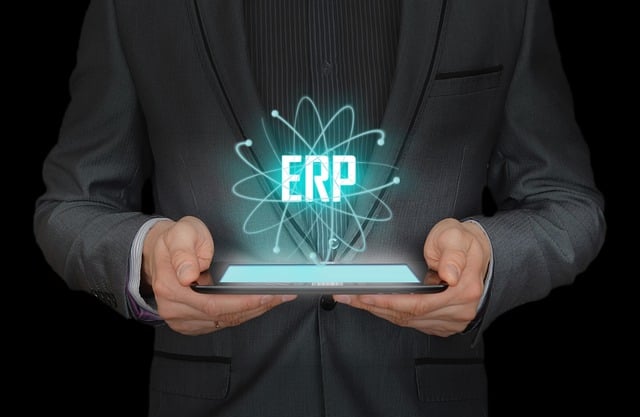
What to Know When Implementing ERP Solutions
ERP system implementation may first appear complex, but it can become a smooth and fruitful venture with the correct strategy and assistance. Understanding your organization’s particular goals and requirements, matching them to the capabilities of the ERP system, and carefully planning and preparing are crucial. You may simplify and streamline operations across departments by analyzing your current processes, identifying potential improvement areas, and tailoring the ERP system to match your unique company requirements. Including important stakeholders and encouraging open communication throughout the implementation phase ensures a seamless transition and user acceptance.
Data Migration and Integration
Once the question “what is ERP?” is answered, knowing data migration is necessary to implement it. Transferring data from historical systems to the new ERP solution is a challenging data migration procedure. To guarantee that data is correctly moved while keeping its integrity, thorough preparation, mapping, and validation is necessary.
It is essential to identify the data pieces that must be migrated during this phase, as well as to clean and verify the data and make sure the old and new systems are compatible. Integration is equally crucial to ensure smooth data transfer between the ERP system and other crucial applications inside the firm. This eliminates the need for human data input and lowers the possibility of mistakes while ensuring that the data is consistent and current across numerous platforms.
Customization and Configuration
The ERP system must be customized and have configuration choices to satisfy specific corporate needs. While configuration refers to changing system settings and parameters, customization entails altering the system’s operation to conform to specific procedures and workflows.
To prevent overcomplicating things and guarantee a seamless implementation, it’s crucial to find a balance between customizing things and using the capabilities that come with the software. When configuring the system, prioritize essential business requirements and consider the consequences for long-term maintenance and upgrading.
Scalability and Future Growth
Scalability is essential when choosing an ERP solution since it defines how effectively the system can manage growing data quantities, user populations, and company activities. A scalable ERP system enables smooth development without sacrificing performance or requiring substantial reorganizations. To ensure the ERP system can meet your organization’s future demands, consider variables including database capacity, user concurrency, and transactional processing capabilities. Since it eliminates the need for regular system replacements or migrations, scalability is crucial for firms with ambitious expansion plans.
Data Security and Compliance
Data security is of the utmost importance while implementing ERP. The ERP system should have strong security mechanisms to guard against unwanted access, breaches, and data loss. User access restrictions, encryption, data backup and recovery tools, and frequent security upgrades are all desirable features. It’s important to take into account industry-specific rules like GDPR and HIPAA. The ERP system software has to provide features and resources to aid businesses in staying compliant and upholding privacy and data protection laws.
Continuous Evaluation and Improvement
Instead of being considered a one-time effort, ERP adoption should be seen as a continuous process. Organizations may enhance the effectiveness of their ERP systems and adapt to changing business requirements with ongoing review and improvement. Regularly evaluate key performance indicators (KPIs), such as process effectiveness, data accuracy, and user happiness. To find areas for improvement, get user input and involve stakeholders. The ERP system will develop and adapt to changing market dynamics, industry trends, and internal needs thanks to this feedback-driven methodology.
Ongoing Support and Maintenance
Following implementation, the ERP system must have continual support and maintenance to function correctly. Connect with a reputable ERP provider that offers user training, problem repairs, technical support, system upgrades, and complete support services. Review the system’s performance regularly using monitoring and auditing procedures to proactively find and fix any problems. Organizations may optimize the return on their ERP investment, reduce downtime, and guarantee that the system meets their changing business demands by providing enough support and maintenance.
Conclusion
ERP system implementation may appear complex, but it can be a simple and fruitful undertaking with the correct strategy and considerations. A long-term, effective ERP system benefits from continued maintenance, continual review, and an emphasis on scalability and data security. You may successfully overcome the challenges of ERP adoption and realize the full potential of your company’s digital transformation journey by paying close attention to these crucial criteria.
